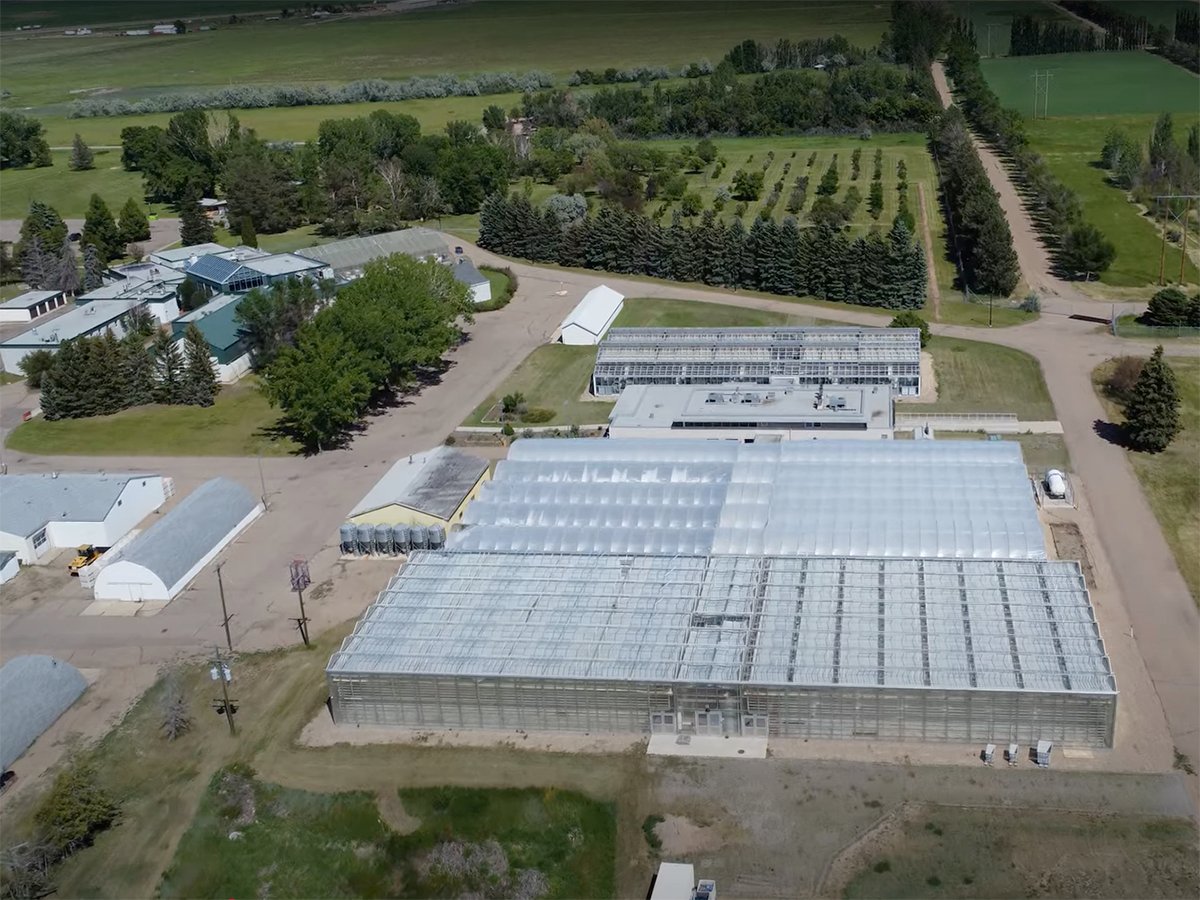McDonald’s Canada has decided that its ground beef from Canadian cull cows will come from Quebec, in part because it has a beef traceability program.
A Japanese restaurant chain has also decided to invest in a Quebec facility that will supply product for Japanese consumers based on Quebec’s ability to guarantee the lineage of the meat.
“These are deals worth a lot to our sector,” said West Quebec cow-calf operator Gib Drury, chair of Canada Beef Exporters Federation and a former Anglo-Quebec farm leader.
Read Also

Alberta crop diversification centres receive funding
$5.2 million of provincial funding pumped into crop diversity research centres
“Traceability isn’t our only selling point but it has been key. It has been a marketing gold mine.”
For the past decade, Quebec’s 6,400 beef producers and dairy farmers have operated under the kind of traceability system that federal and provincial agriculture ministers have decided should become mandatory across Canada by 2011.
Cattle, sheep and bison systems have been implemented in Quebec. Traceability for the swine industry is supposed to be in place by the end of the year.
Producer request
Drury, past-president of the Quebec Farmers’ Association, recalled in a July 17 interview that the 1998 call for a traceability system came from producers who saw disease issues and consumer demands for food safety assurance as a key future development.
“Both the Quebec Beef Producers’ Federation and the provincial government foresaw that traceability was a must,” he said.
“And we agreed it had to be mandatory. Voluntary would not have the credibility we would need.”
It began with an ear tag and then included a bar code tag in the other ear. All calves would be registered at birth with date of birth, premise location and any subsequent movement along the way to slaughter.
Producers agreed to pay the cost of ear tags.
The Quebec government agreed to pick up other costs and started with a budget commitment of $22.5 million. After three years, the money was spent and the provincial government agreed to pick up the ongoing costs, about $4 million annually to cover maintenance of the database and employment of up to 30 full-time and part-time staff housed at the provincial farm federation offices in a Montreal suburb.
“The fact that the government agreed to pick up most of the costs was key,” said Drury.
As the system has developed, there have been challenges for producers, including increased paperwork and out-of-pocket costs.
On Drury’s farm, it costs $700 a year for tags and hours of additional paperwork to record and track changes in the herd.
An upside is that producers can keep track of where their animals are in the system.
“You don’t lose them and you know you are being paid for your animal and not someone else’s.”
The payoff is that by being able to offer traceability, the Quebec industry has been able to secure the contract to provide 2,000 steers per week to a Japanese restaurant chain, a contract that could be worth up to $3 million a week.
The McDonald’s decision to grind its Canadian hamburger exclusively from Quebec culls at the Quebec farmer owned Colbex-Levinoff packing plant near Montreal comes in part because the province’s Holstein culls provide leaner meat.
But the guarantee of animal trace back also was important, said Drury.
“It really has been a powerful marketing tool,” he said. “In fact, it has created some animosity from producers in other provinces because we are able to get markets they cannot.”














